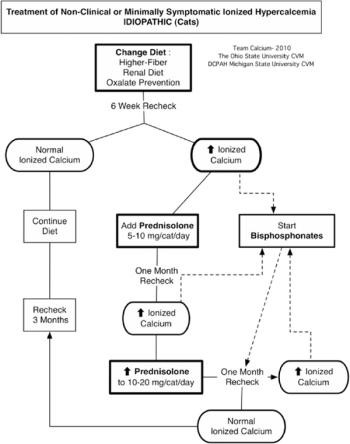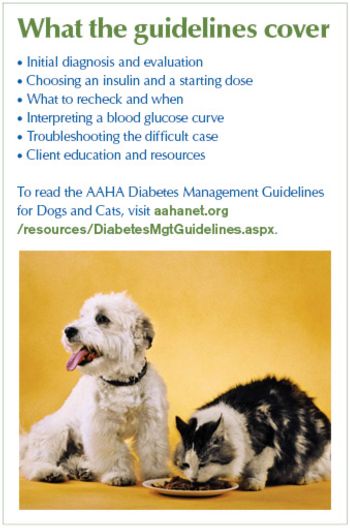
Cats have a different embryological development and anatomy of the pancreas from other species. In cats, unlike other species, the pancreatic duct is the main functional duct; the accessory pancreatic duct usually does not persist. In dogs the pancreatic duct is of minor importance and may be absent.












